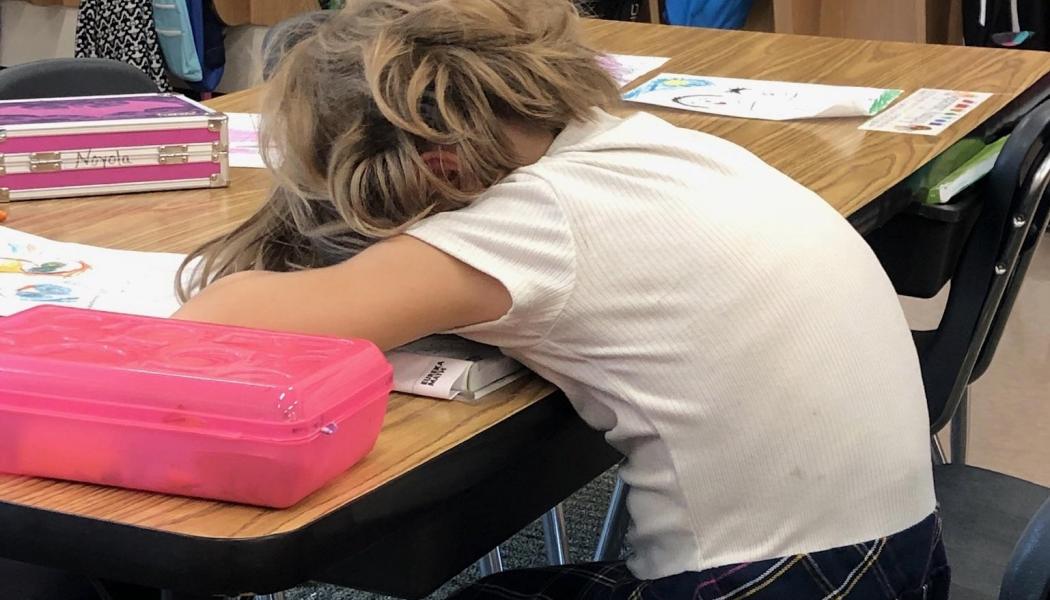Building and Maintaining Student Engagement

Join Our Community
Access this resource now. Get up to three resources every month for free.
Choose from thousands of articles, lessons, guides, videos, and printables.
What exactly does it mean for students to "lose engagement" or to no longer be fully immersed in learning? We’re asked this often because understanding engagement can make all the difference in fostering an active learning environment. Should we call everyone back to the gathering area at the first sign of distraction, or wait until several students show signs of disengagement?
The answer isn’t always straightforward. When measuring engagement, we consider three key elements: noise level, movement, and focus. Engagement is compromised when the agreed-upon levels of noise, movement, and focus that support learning are no longer being maintained.
- Noise level — This varies based on the age and needs of your students. Beginning readers often read aloud, which can make younger classrooms a bit noisier than those with older readers. Consider what noise level supports productive engagement in your classroom, and communicate this expectation clearly to students.
- Movement — Children naturally move, fidget, and shift, which is normal and beneficial for engagement. How much movement is too much, though? One helpful behavior is teaching students to Stay in one spot. This doesn’t mean they must remain upright or avoid shifting positions; rather, the key is whether their movement disrupts others’ engagement. If a student’s movement isn’t distracting others and they remain focused, it’s typically best to ignore minor adjustments.
- Focus — Are students engaged in their work? Students might sit still and appear quiet but could still be mentally disconnected from the task. If one or two students are disengaged, it’s often best to check in with them individually, ensuring they have good-fit books or an appropriate workspace. However, if multiple students seem off-task, it may be time to bring everyone together for a class reset.
One important consideration when deciding to gather the class for a check-in is the scale of disengagement. If only one or two students are struggling, it’s often best to conference with them directly and set small goals. When more students are impacted, this may be a sign to gather the group for reflection.
Determining when engagement has been “lost” can vary from class to class and year to year, depending on the students. By observing and reflecting on noise, movement, and focus levels, teachers can better identify when engagement is slipping and provide the right support to keep learning on track.






